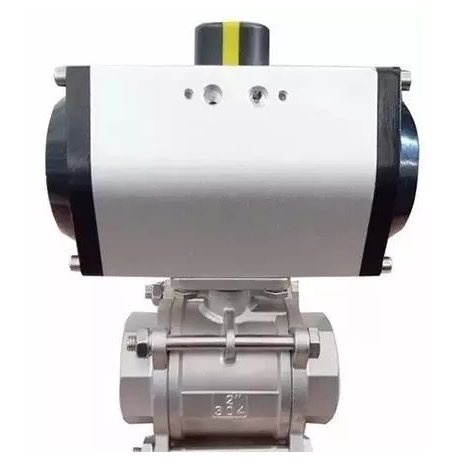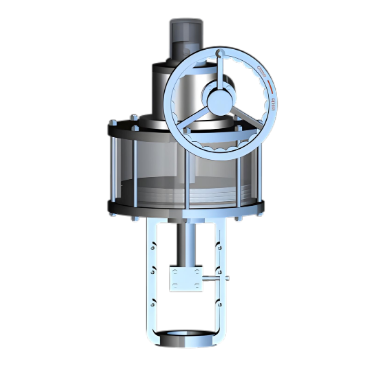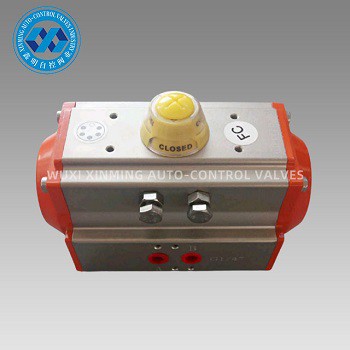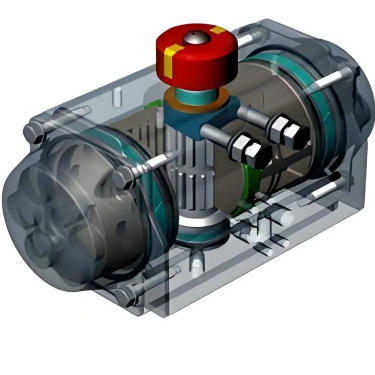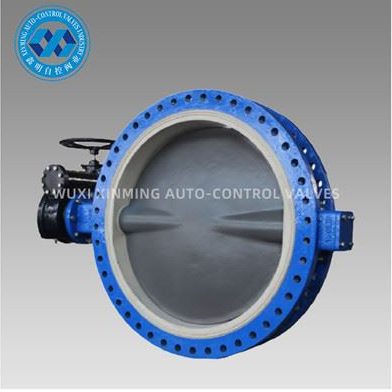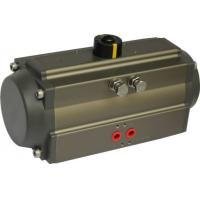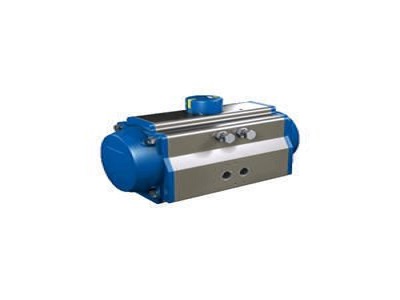Here are some common noise - reduction
methods for pneumatic piston actuators:
Use of mufflers: Install mufflers at the
exhaust ports of the actuator. Mufflers are designed to reduce the noise
generated by the high - speed exhaust air. They work by dissipating the energy
of the exhaust air in a controlled manner, thus reducing the sound level. There
are different types of mufflers available, such as absorptive mufflers and
reactive mufflers, which can be selected based on the specific noise characteristics
of the actuator.
Air - pressure regulation: Ensure that the
air pressure supplied to the actuator is within the recommended range.
Excessive air pressure can cause the actuator to operate at a higher speed,
resulting in increased noise. By regulating the air pressure, the actuator can
operate more smoothly and quietly. Additionally, using a pressure - reducing
valve can help maintain a stable air pressure and reduce pressure fluctuations
that may contribute to noise.
Vibration damping: Mount the actuator on a
vibration - damping material or use anti - vibration mounts. This helps to
isolate the actuator from the surrounding structure and reduce the transmission
of vibrations, which are a major source of noise. Rubber or elastomeric mounts
are commonly used for this purpose as they can effectively absorb vibrations.
Regular maintenance: Keep the actuator well
- maintained. Lubricate the moving parts regularly to ensure smooth operation.
Worn - out or damaged components can cause increased noise due to friction and
misalignment. Regular inspection and replacement of damaged parts, such as
seals and bearings, can help to keep the actuator running quietly.
If you want to learn more about low-priced products, please visit the following website: www.xm-valveactuator.com


